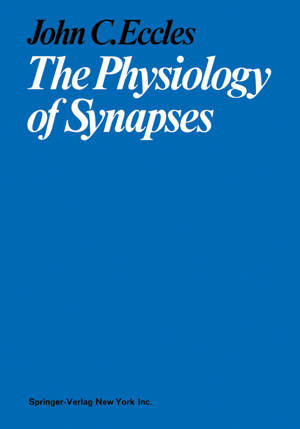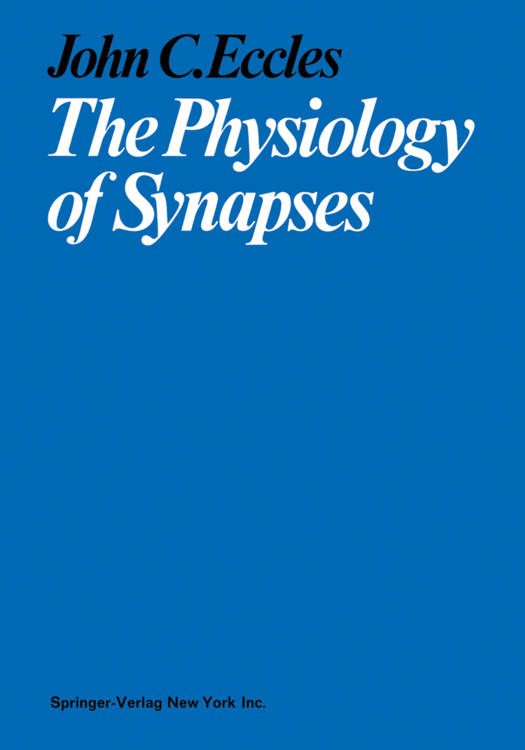
- Afhalen na 1 uur in een winkel met voorraad
- Gratis thuislevering in België vanaf € 30
- Ruim aanbod met 7 miljoen producten
- Afhalen na 1 uur in een winkel met voorraad
- Gratis thuislevering in België vanaf € 30
- Ruim aanbod met 7 miljoen producten
Zoeken
Omschrijving
I must thank my friend, Professor HANS WEBER, for being, as it were, the prime mover in causing this book to be written. He persuaded me in 1960 to contribute a review to the Ergebnisse der Physiologie. As originally planned, it was to be relatively short. However, the interest and scope of the whole subject of synapses stimulated me to write a much more comprehensive and extensive account. I was not even then satisfied, particularly as so many new and attractive investigations and ideas were being evolved during and after the writing of this review; and during the writing of this book most interesting developments are occurring in so many centres of research. Through the kind cooperation of my friends I have been given the opportunity to quote and even to illustrate from these new and fascinating developments before their final publication. There would be some justification if the author were to make the claim that this book is the fruit of a life-time of enquiry into the physiology of synapses. In 1927 the subject of Excitatory and Inhibitory Synapses was chosen for investigation in the course leading to the Oxford D. Phil. But there have been such remarkable developments during the last 12 years that in this book very little reference will be made to work earlier than 1951 except in the historical introductions.
Specificaties
Betrokkenen
- Auteur(s):
- Uitgeverij:
Inhoud
- Aantal bladzijden:
- 316
- Taal:
- Engels
Eigenschappen
- Productcode (EAN):
- 9783642649424
- Verschijningsdatum:
- 1/01/1964
- Uitvoering:
- Paperback
- Formaat:
- Trade paperback (VS)
- Afmetingen:
- 170 mm x 244 mm
- Gewicht:
- 535 g

Alleen bij Standaard Boekhandel
+ 210 punten op je klantenkaart van Standaard Boekhandel
Beoordelingen
We publiceren alleen reviews die voldoen aan de voorwaarden voor reviews. Bekijk onze voorwaarden voor reviews.











